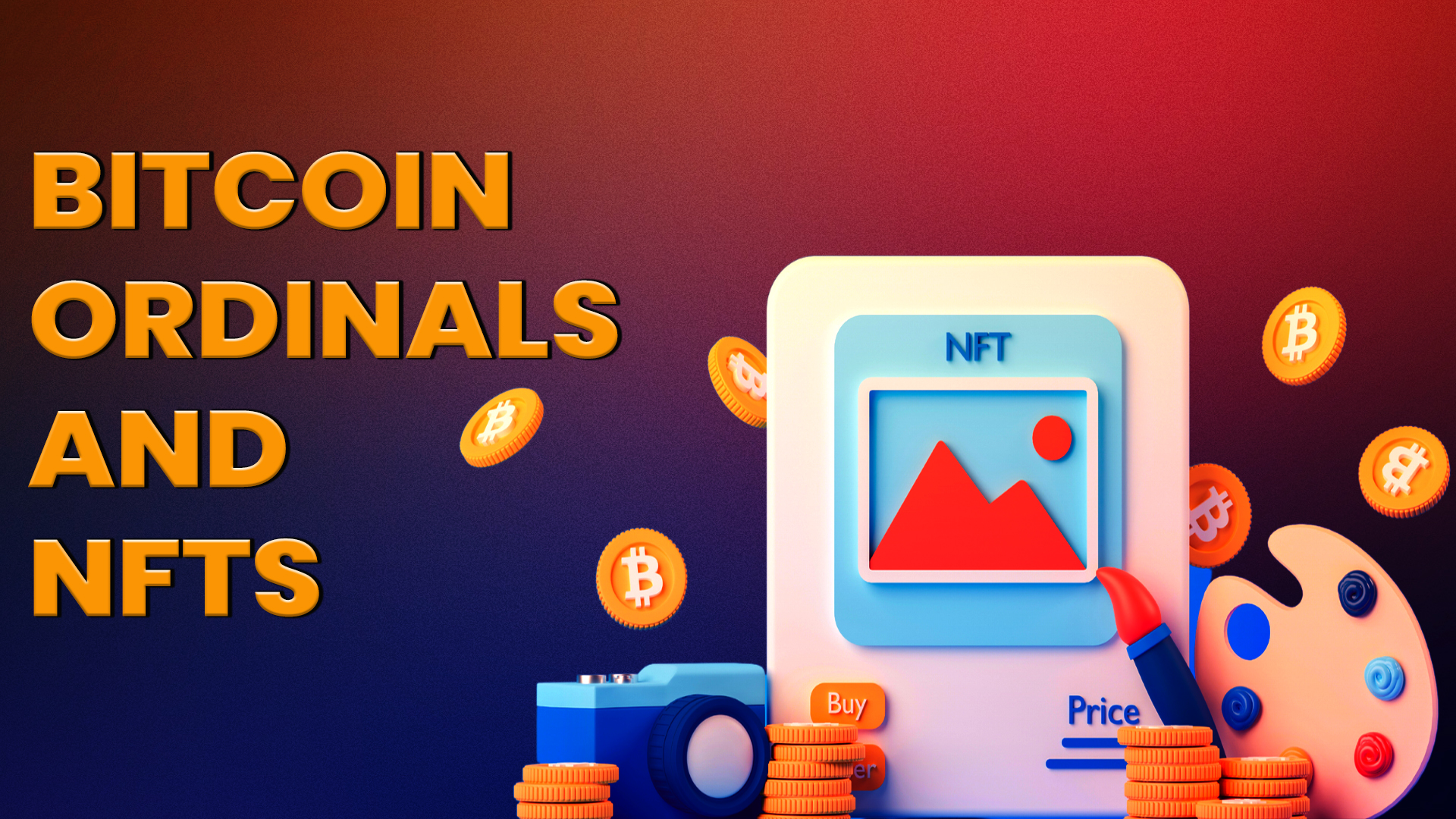- Bitcoin ordinals are wallets for storing BRC tokens.
- NFTs are digital assets tokenized by blockchain technology.
- Both are different, as one is an asset, whereas the other stores a cryptocurrency.
NFTs are blockchain-based tokenized digital assets that are exploring different art fields and are actively demanded by users. Bitcoin ordinals are non-custodial Bitcoin wallets that store BRC tokens.
Bitcoin Ordinals
It is a Bitcoin wallet that was launched on February 16, 2023. It addresses the limitations of some previous wallets. This wallet allows users to hold, store, and view currencies directly within the wallet. The user can directly use the wallet to transfer, send, inscribe, buy, and sell. It has a user-friendly interface that gets positive feedback from users. It is a community-funded project. It is a non-custodial wallet and marketplace built for Bitcoiners.
This wallet provides a trustworthy and secure solution for managing and storing Bitcoin Ordinals. This operates as a web-based platform and is built on an open-source foundation. These are accessible through any internet-connected device and ensure transparency, allowing anyone to verify the code. These Bitcoin wallets are non-custodial, which ensures that users have complete control and responsibility over stored funds.
There are many benefits to using an Ordinals Wallet, such as a user-friendly interface, low fees, fast transactions, exploration of diverse collections, access to the Bitcoin NFT world, secure storage and management, sharing and showcasing, an enhanced visual experience, the creation and mint of ordinals and a peer-to-peer marketplace.
NFTs
NFT stands for Non-Fungible Token. These are assets that are tokenized with the help of blockchain technology. These are distinguished from other tokens by their unique identification codes and metadata. Cryptocurrency is also a form of token but the key difference between NFTs and cryptocurrencies is that cryptocurrencies from the same blockchain are interchangeable but two NFTs from the same blockchain, despite being identical, cannot be interchanged. These can be anything from sports highlights and collectibles like art to computer-generated avatars.
The value of NFT depends on the demand of the public. Certain gaming avatars or artwork have sold for millions but lost their value with time after their demand decreased. Hence, not every NFT is appreciable in value. NFTs either have a fixed selling price or there is a need to bid for it in an auction.
The steps to minting NFTs include deciding the concept of one’s NFT, selecting an NFT platform, connecting a digital wallet to the platform, creating an NFT, and minting the NFT in the form of a unique token on the blockchain.
The best way to increase the reach and demand for NFTs is by promoting them through various channels, including art communities, social media, the NFT marketplace, etc. It is very important to remain transparent about the work.
Risks and challenges include pseudonymity, copyright and intellectual property, cybersecurity threats, smart contract risks, privacy and data protection, environmental impact, and regulation.
Conclusion
Bitcoin ordinals offer an unparalleled trading experience with their exceptional features, user-friendly interface, and comprehensive support for BRC tokens. These provide a trusted and reliable environment for storing, managing, and trading BRC tokens by leveraging the decentralization, immutability, and security of the Bitcoin blockchain. NFT is an asset that gets tokenized via blockchain. They can be exchanged and traded for cryptocurrencies. The future of NFT is very bright in different sectors: art, entertainment, real estate, gaming, etc.

